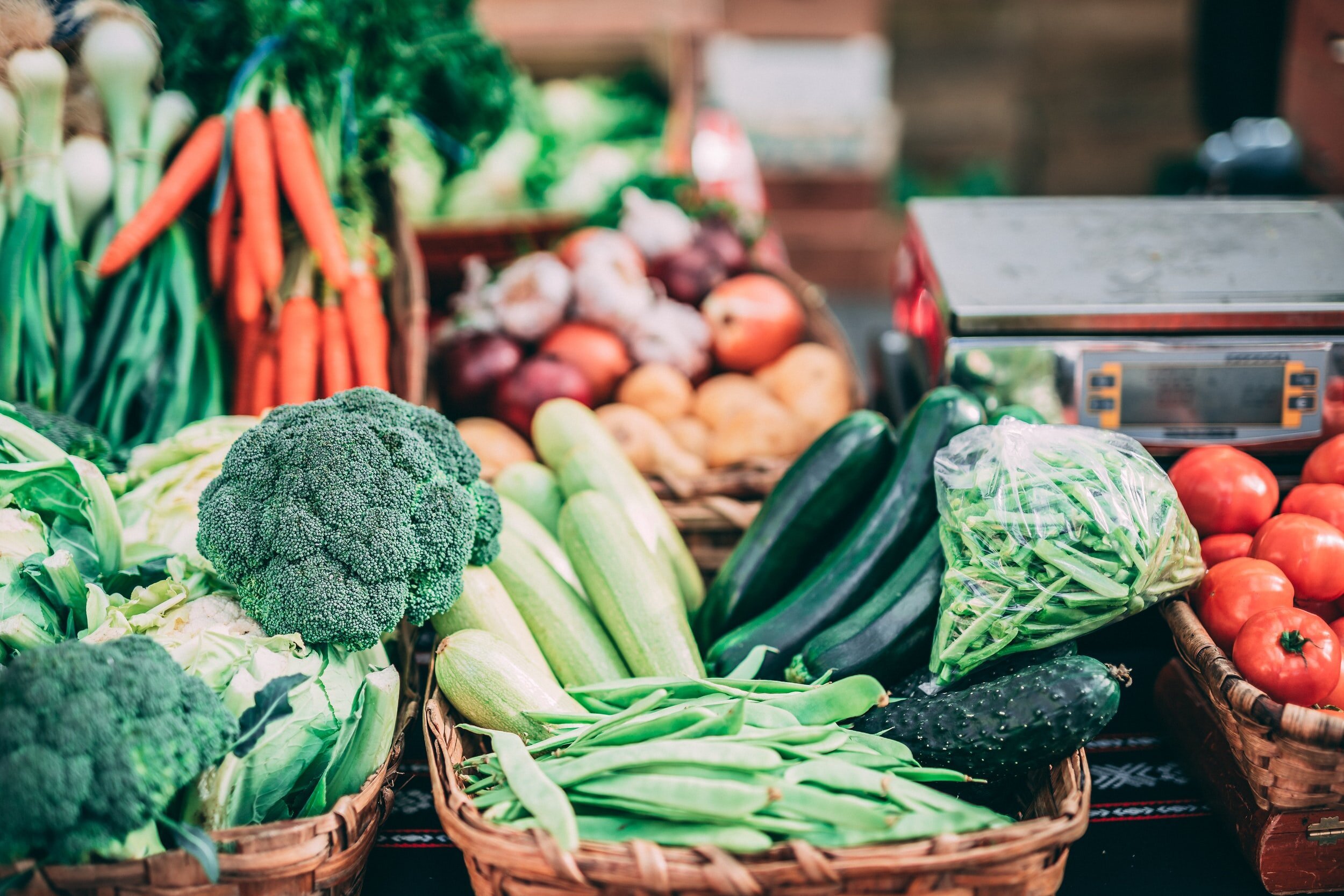The Great Lakes Region: An Economic Powerhouse
When one thinks of major economic hubs around the world, the Great Lakes Region may not be top of mind, but that’s exactly what this region is. If the Great Lakes Region were its own country, it would be the third largest economy in the entire world.
The Great Lakes Region encompasses Ontario and Quebec on the Canadian side, and eight states across the border including Minnesota, Wisconsin, Illinois, Indiana, Michigan, New York, Ohio, and Pennsylvania. The Region is surrounded by five interconnected freshwater lakes including Lake Ontario, Lake Erie, Lake Huron, Lake Michigan and Lake Superior — collectively known as the Great Lakes.
The Great Lakes Region. From Farm and Dairy
The Great Lakes Economy
Not only are the Great Lakes a significant environmental resource for 107 million people and a variety (about 3,500 to be exact) of plant and animal species, but the region is also home to 51 million jobs, accounting for one-third of the combined Canadian and American workforce.
Needless to say, the Great Lakes Region is a significant resource for businesses as well. Over 50% of the total Canada-U.S. two-way trade is supported by the Great Lakes, generating a whopping US$6 trillion in GDP per year. Being home to renowned automobile and aerospace manufacturers, such as Ford, GM, Chrysler, and Bombardier to name a few, the region is globally recognized for its strength in manufacturing. Other major industries that form the Great Lakes economy include education and health, shipping and logistics, agriculture, mining and energy, tourism, and finance.
Great Lakes GDP and key industries. From Visual Capitalist.
Threats to the Environment are Threats to the Economy
An estimated 10 million kilograms of plastic enters the Great Lakes from Canada and the United States every year, comprising approximately 80% of the litter found on the lakes’ shorelines. This is of course harmful to the natural environment, but it is also harmful to the businesses that make up the Great Lakes Economy. It is true that industrial operations have a direct impact on our water resources, but companies also directly rely on access to clean water resources for efficient and safe operations.
According to the World Bank’s Water Resources Group, water demand is expected to exceed the existing supply by 40% in 2030. Industries surrounding the Great Lakes Region rely on the lakes for more than just shipping and transportation, water is a requirement for most production-based businesses to carry out their operations. A 2010 report by Carnegie Mellon University stated that about 90% of direct water withdrawals are by agricultural and industrial businesses. This statistic varied little eight years later according to a 2018 report on world water development by the United Nations. Further, according to the 2020 CDP Global Water Report, 70% of the world’s water use is by companies in sectors such as food, apparel, energy, chemicals, pharmaceuticals, and mining.
Freighters are heavily used in the Great Lakes
Let’s Talk Money
Alleviating plastic pollution through cleanups, anti-littering campaigns, and implementation of innovative technologies in the Great Lakes could cost over $400 million per year. This may seem like a high cost, but inaction has a higher price tag. In 2020, the reported water risks can potentially cost companies a total of US$301 billion, whereas the money required to mitigate the risk is only US$55 billion. Of over ¾ of companies that reported to CDP’s 2020 water questionnaire, the cost of inaction towards water pollution can be as high as over 5 times the cost of taking action to tackle pollution. For companies to prioritize environmental stewardship is a win-win for everyone.
Photo of a Lake Ontario beach cleanup “haul.” By Nicole Henderson.
The good news is that industry leaders are becoming increasingly more aware of the problem of water scarcity and are taking both responsibility and action to mitigate potential negative impacts of business operations on water resources. Founded in 2020, the Water Resilience Coalition of the United Nations Global Compact aims to preserve the world’s freshwater resources through industry-led collective actions. Of the 20 companies that joined the coalition, a quarter of them are headquartered in the Great Lakes Region.
Various other public and private sector stakeholders are coming together to tackle water pollution in the Great Lakes. Such an example can be found with the Great Lakes Plastic Cleanup Initiative launched in 2020 which brings together partners from across the province for the largest deployment of Seabin and LittaTrap™ technology in the world.
When it comes to protecting the environment, no action is too small. You can get involved as an individual to help protect our local freshwater lake by registering for A Greener Future’s 2021 Love Your Lakes initiative that began on May 15th and will remain active until June 30th. Through this initiative, we are helping to clean up the shores of Lake Ontario with a goal of picking up 100,000 pieces of litter from its shorelines.



















Environmental Economist